Root vegetables are plant roots that grow below the ground and can be eaten. Carrots, potatoes, turnips, beets, and radishes are examples. They offer a range of flavors and textures and are packed with nutrients.
Enjoy them roasted, mashed, sautéed, or in soups and stews. Here we will explore 5 cooking methods for Freshly Harvested Root Vegetable Recipes and their incredible flavor profiles. We will also delve into various cooking methods, such as baking, boiling, steaming, microwaving, and roasting, to bring out the best flavors in these veggies.
Not only do root vegetables taste delicious, but they also offer numerous health benefits. Get ready to elevate your culinary skills with these flavorful recipes!
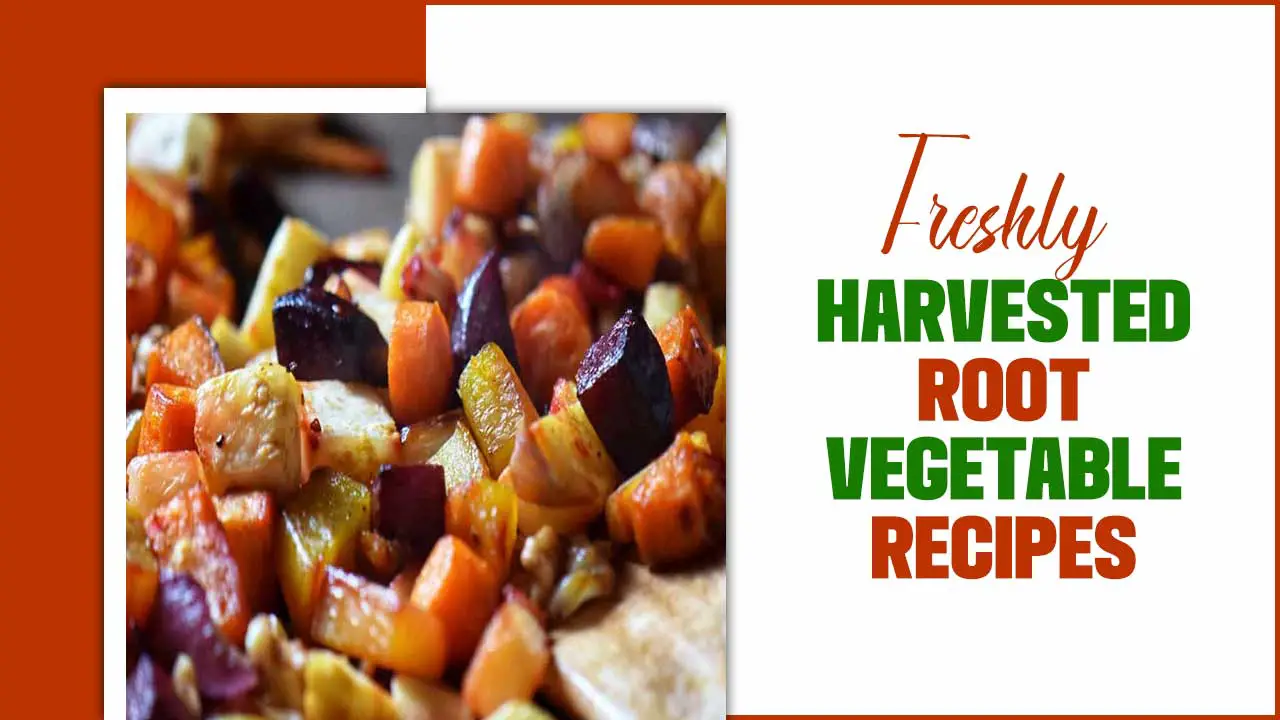
The Best Root Vegetables To Roast
Root vegetables are a versatile and delicious ingredient for roasting. They bring a natural sweetness and vibrant flavors to any dish. Some of the best root vegetables to roast include sweet potatoes, parsnips, beets, turnips, and rutabagas.
These vegetables have a firm texture that holds up well during cooking. When roasted, they develop a caramelized exterior and a tender interior. To enhance the flavors, season the root vegetables with herbs like rosemary or thyme, drizzle them with olive oil, and sprinkle them with black pepper. Roasted root vegetables make a perfect side dish for any meal and are a wonderful addition to your Thanksgiving menu.
Cooking Method For Freshly Harvested Root Vegetable Recipes
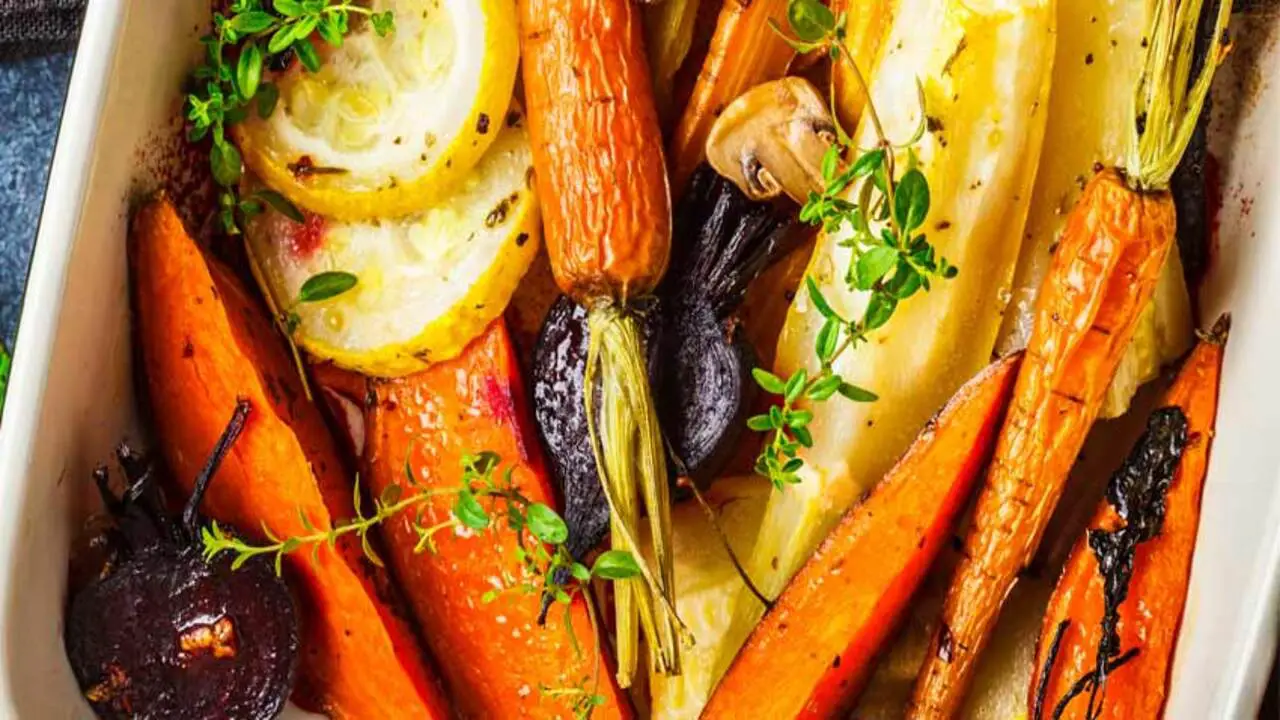
Regarding cooking freshly harvested root vegetables, there are several methods you can try. One popular method is roasting, which brings out their natural sweetness and creates a crispy exterior. You can try roasting root vegetables like sweet potato, parsnip, and beet with a drizzle of olive oil and a sprinkle of thyme or rosemary. Here are 5 Cooking Methods for Freshly Harvested Root Vegetable Recipes.
1. Baking Root Vegetables
In terms of root vegetables, baking is a popular cooking method. That brings out their natural sweetness and enhances their flavors. Preheat your oven to the desired temperature to bake root vegetables, usually around 400-425°F. Begin by washing, peeling, and cutting the veggies into evenly sized pieces, ensuring they cook uniformly.
Next, toss the root vegetables in olive oil or melted butter, and season them with salt, black pepper, and any desired herbs or spices like rosemary or thyme. Spread your seasoned vegetables in a single layer on a baking sheet or roasting pan, allowing them to roast perfectly. Bake the root vegetables in the preheated oven for approximately 25-35 minutes until they turn tender and acquire a golden-brown color.
2. Boiling Root Vegetables
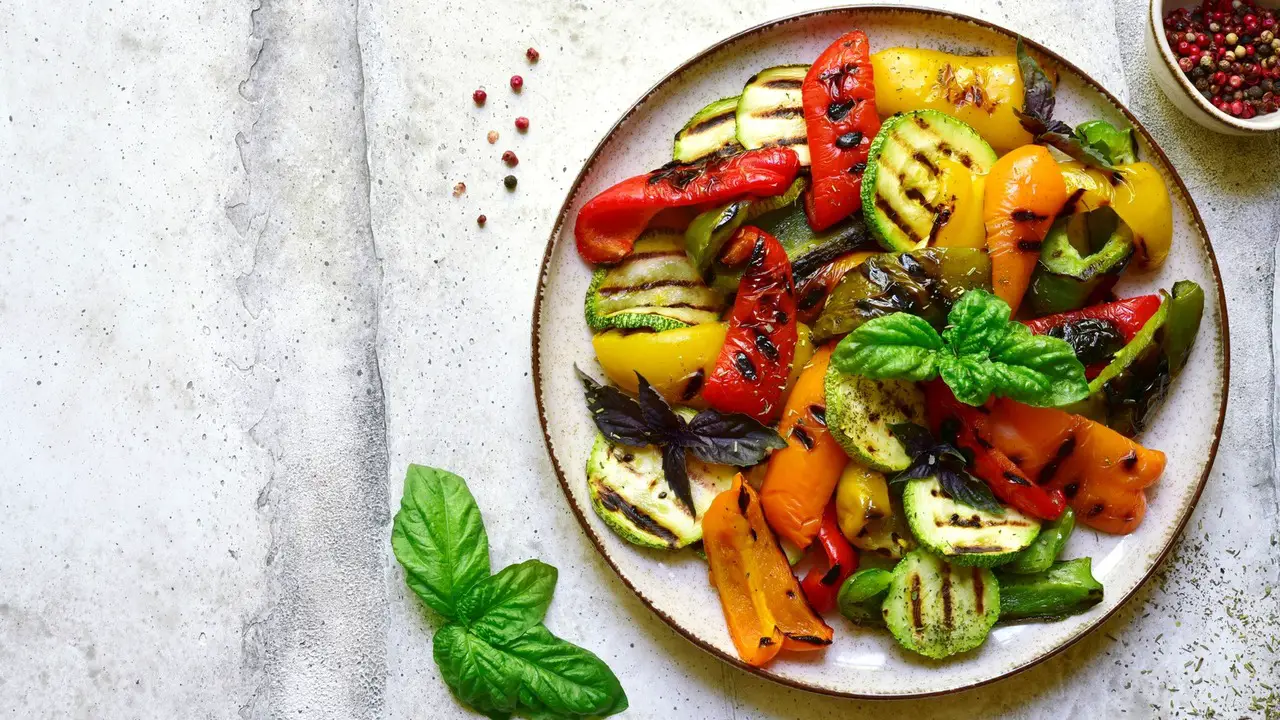
Boiling root vegetables is a popular method that helps to soften them and bring out their natural flavors. To prepare boiled root vegetables, start by peeling and chopping sweet potatoes, parsnips, beets, turnips, and any other root vegetables you choose. Place the vegetables in a pot of boiling water and cook them until they are fork-tender.
Be careful not to overcook them for the best texture. Once cooked, drain the vegetables and season them with salt, black pepper, and your favorite herbs like thyme or rosemary. Boiled root vegetables make a delicious and healthy side dish for any meal.
3. Steaming Root Vegetables
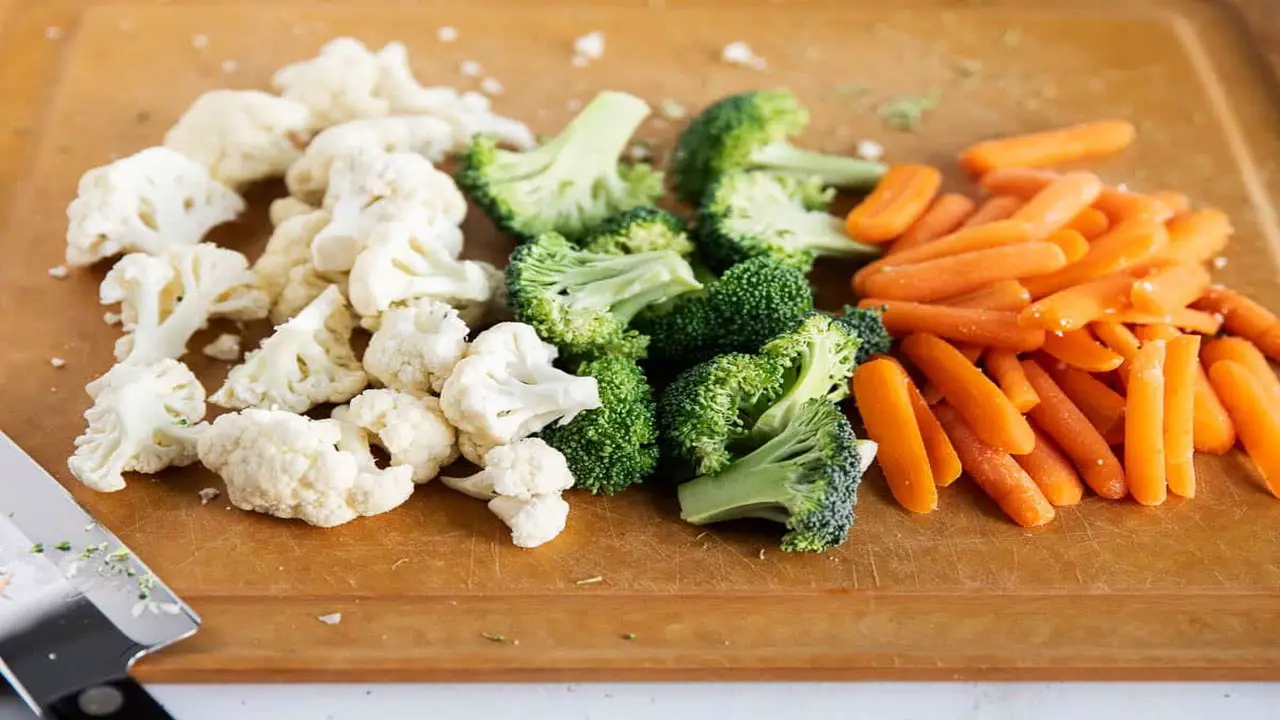
Preserve the nutrients and flavors of freshly harvested root vegetables by steaming them. Steaming is a healthy cooking method that retains their goodness. Start by peeling and chopping the root vegetables into uniform pieces. Then, place them in a steamer basket or colander set over a pot of boiling water.
Cover the pot with a lid and allow the vegetables to steam for 10-15 minutes until they become tender. Steamed root vegetables can be incorporated into various dishes, including salads, stir-fries, and creamy mashes. For a delicious and nutritious meal, try steaming sweet potatoes, parsnips, beets, turnips, or any other root veggies.
4. Microwaving Root Vegetables
Microwaving root vegetables, such as sweet potato, parsnip, and turnip, is a quick and convenient cooking method that helps retain natural flavors and nutrients. To microwave root vegetables, wash and peel them if desired, then chop them into small, even pieces for even cooking.
Place the chopped vegetables in a microwave-safe dish and add a small amount of water or broth to prevent drying. Cover the dish with a microwave-safe lid or plastic wrap, leaving a small vent for steam to escape.
Microwave the vegetables on high power for 3-5 minutes, then stir them and continue microwaving in 1-2 minute intervals until tender. Be careful when removing the dish from the microwave, as it will be hot. Let the vegetables cool slightly before serving.
5. Roasting Root Vegetables
Roasting root vegetables is a popular and delicious cooking method that brings out their natural flavors and creates a crispy exterior while keeping the interior tender. Preheat your oven to a high temperature to roast root vegetables like sweet potatoes, parsnips, beets, turnips, or carrots.
Peel and chop your choice of root veggies into even-sized pieces for even cooking. Toss them in olive oil, season with fresh herbs like rosemary or thyme, and sprinkle with salt and black pepper.
Spread the veggies in a single layer on a large baking sheet lined with parchment paper or aluminum foil. Roast them until they are golden brown and tender. Serve as a flavorful side dish or incorporate it into various recipes for added depth of flavor and texture.
Health Benefits Of Cooking Root Vegetables
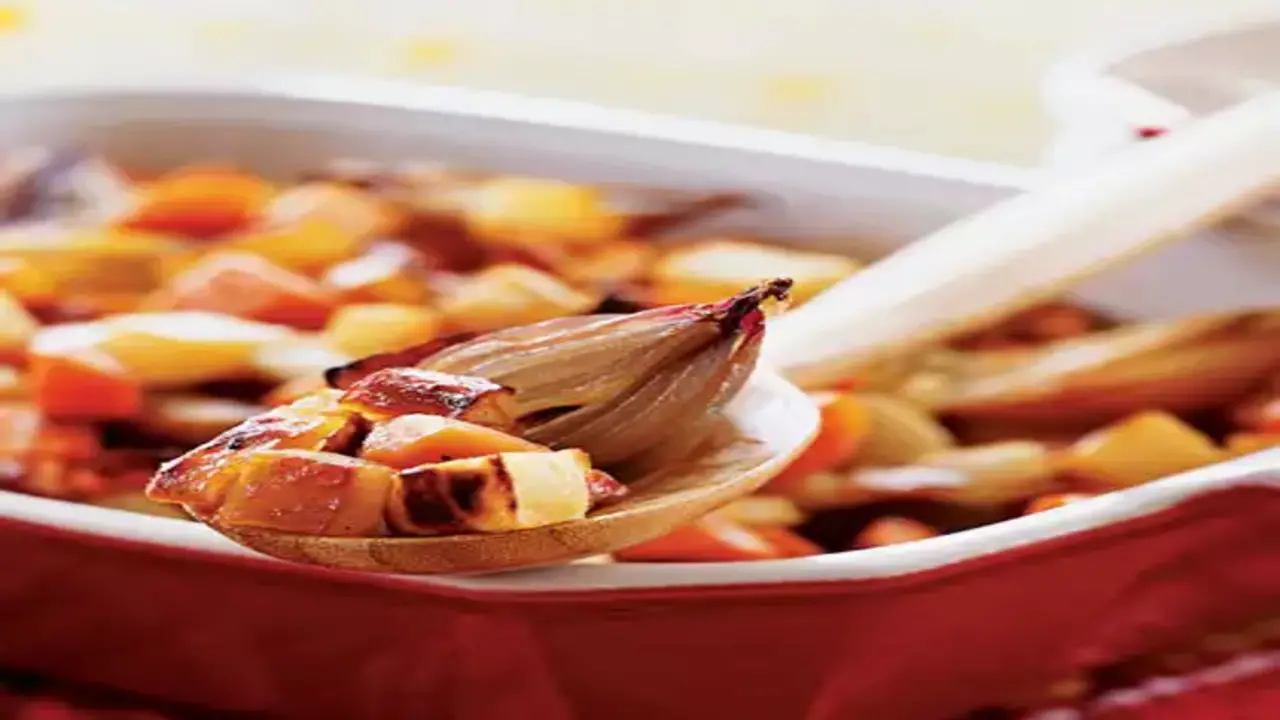
Root vegetables offer a multitude of health benefits when cooked to perfection. These freshly harvested gems, such as sweet potatoes, parsnips, and beets, are bursting with essential nutrients like fiber, vitamins, and minerals.
By roasting them with fragrant herbs like thyme and rosemary, drizzling them with olive oil, and sprinkling some black pepper for seasoning, you can create a mouthwatering side dish that’s both nutritious and delicious.
Whether roasting them in the oven or using an air fryer, root vegetables like squash and turnips provide a low-calorie option filled with vitamins C and A and calcium.
Transform a simple recipe into a culinary masterpiece by including fresh herbs, such as parsley and oregano, and topping it off with a sprinkle of pumpkin seeds or crumbled goat cheese. Delve into the world of root vegetables and explore their nutritional benefits with these mouthwatering recipes!
Tips For Roasting Root Vegetables
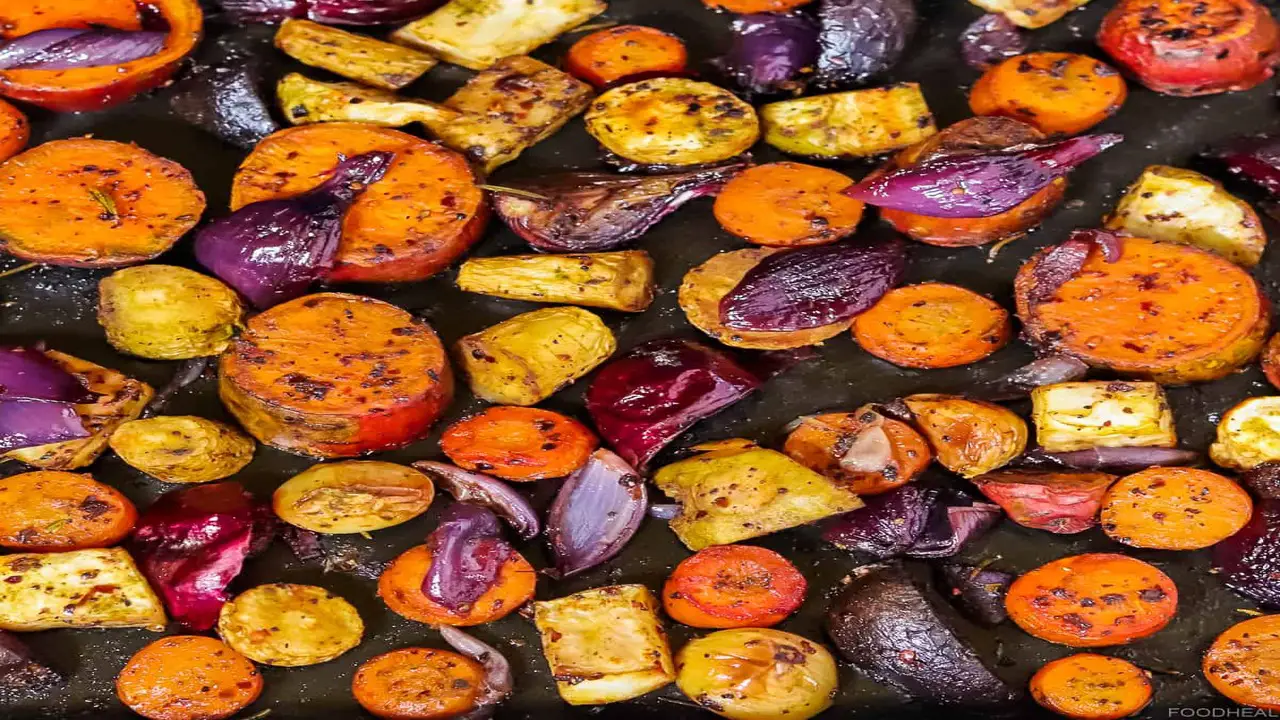
There are a few expert tips to remember for a perfectly roasted root vegetable dish. Begin by selecting a variety of root vegetables such as sweet potatoes, parsnips, beets, turnips, or even butternut squash. Cut these veggies into similar-sized pieces; this ensures that they cook evenly.
Toss the root vegetables with olive oil, salt, and freshly ground black pepper in a large bowl until evenly coated. Preheat your oven to high heat and spread the vegetables in a single layer on a large baking sheet. Stir them occasionally while roasting to prevent any sticking or burning.
Feel free to experiment with different seasonings like fresh thyme, rosemary, or even a drizzle of maple syrup. Roasted root vegetables make a fantastic side dish for any meal, from a cozy family dinner to a festive Thanksgiving feast.
Conclusion
Root vegetables are not only delicious but also incredibly versatile in the kitchen. From comforting soups and stews to hearty roasted dishes, there are countless ways to enjoy the natural flavors of these freshly harvested gems. Freshly harvested root vegetable recipes offer a burst of flavor and nutrition to your meals.
Whether you roast, bake, boil, steam, or microwave them, these cooking methods enhance the natural sweetness and earthy taste of root vegetables. Not only do they add a pop of color and texture to your plate, but they also provide numerous health benefits.
Roasting root vegetables is an easy and delicious way to enjoy their rich flavors. Don’t forget to try different combinations of veggies like carrots, parsnips, beets, and sweet potatoes for a flavorful fall feast.
Frequently Asked Questions
1.What Are The Best Cooking Methods For Root Vegetables?
Ans: Roasting is a preferred cooking method for root vegetables as it enhances their flavors and brings out their natural sweetness. Boiling is suitable for mashed or pureed root vegetables. Sautéing or stir-frying can create a caramelized exterior and tender interior. Steaming is a healthy option that preserves the nutrients and flavors of root vegetables.
2.What Are The Best Root Vegetables To Eat Raw?
Ans: Carrots, radishes, and beets are delicious when eaten raw and can add a crunchy freshness to salads or serve as a healthy snack. Remember to wash and peel these root vegetables before enjoying them raw.
3.Can Diabetics Eat Root Vegetables?
Ans: Diabetics can include root vegetables in moderation as these veggies are generally low to medium on the glycemic index scale. However, it’s crucial for diabetics to monitor their blood sugar levels after consuming them. It is advisable to seek personalized dietary advice from a healthcare professional or registered dietitian.
4.Can You Peel Root Vegetables The Day Before?
Ans: Yes, it is possible to peel root vegetables the day before. To avoid browning, store them in a bowl of water with a little lemon juice and keep them refrigerated until needed. Just drain and pat them dry before cooking or incorporating them into recipes.
5.What Can I Serve These Roasted Root Vegetables With?
Ans: Roasted root vegetables are versatile and can be served as a side dish with roasted meats or as a main course with olive oil and cheese. They can also be added to salads for extra flavor or mixed with cooked grains for a hearty vegetarian meal.

I’m a writer and blogger who loves to talk about entertainment, culture, and relationships. I love to share my thoughts and insights on these topics, and I’m always looking for new ways to engage with my readers. I’m also a big fan of learning new things, so I’m always exploring new areas of interest.





